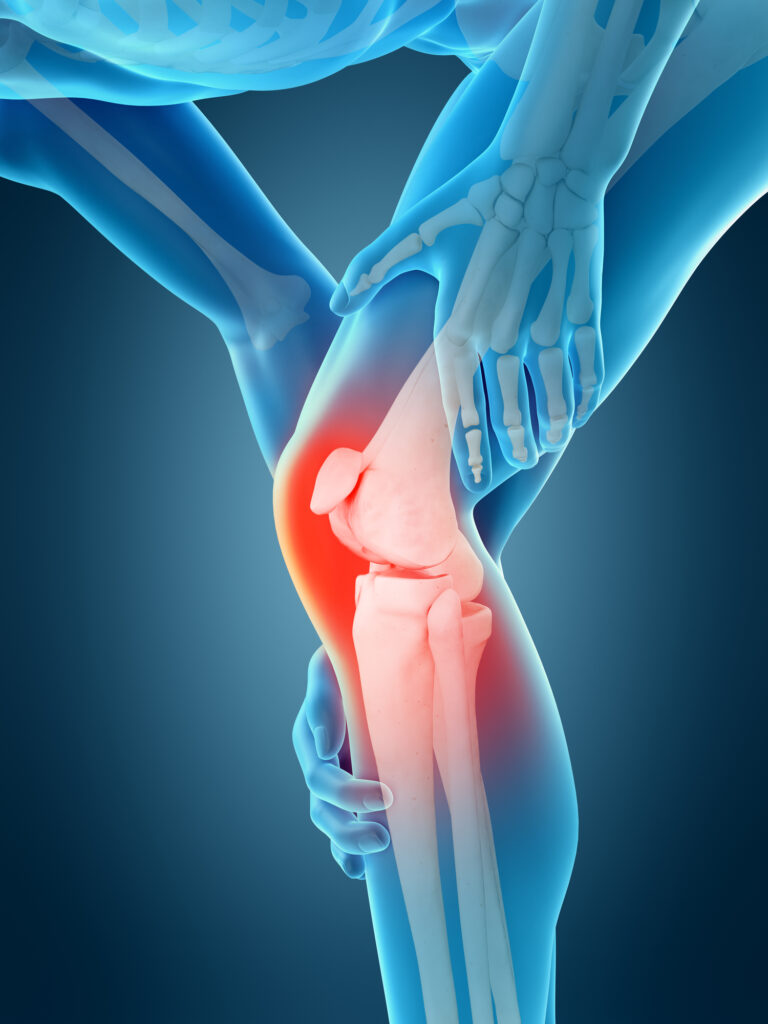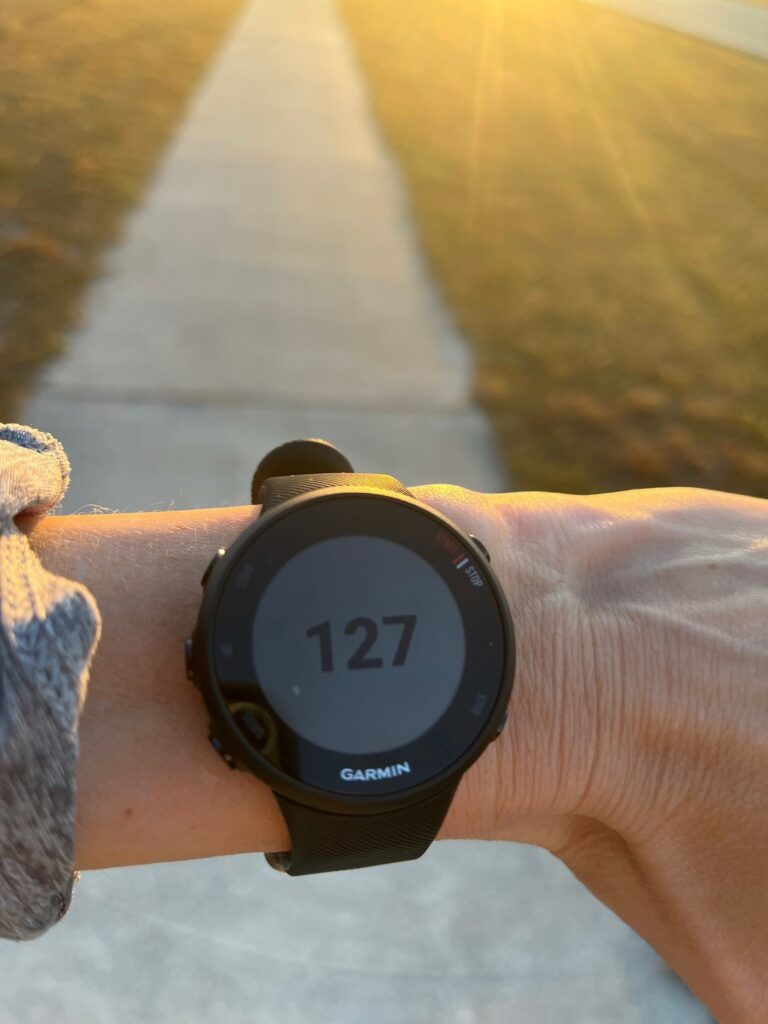
Are you looking for the best running plan to help you reach your goals? Heart rate training and pace based training plans are both common methods and I’ve tried them both. Read on for pros and cons and some of the lesser-known things to consider.
In general, considering the pros and cons of heart rate and pace based running plans can help one decide which is the best method to use. Personal circumstances, goals, and preferences will impact which type of training plan a person will benefit from the most. Both are great methods to use and some have found a combined approach to be ideal.
Heart rate based training is very different from pace based training so knowing the pros and cons of each is important. I’ve tried both over the years with different variations so there is more to it then you may think. Read on for some of the common and less common benefits and drawbacks from both methods to help you find the right plan for you.
Why use heart rate training or pace based training

There are two common problems runners face when running by feel, running too fast or running too slow. Both issues are addressed with training plans which tend to fall into two categories, pace or heart rate zones.
Consistently running too hard results in burnout, fatigue, and injury. For many, the ego takes over and it’s easy to run too fast for too long. Without proper guidance, it can be difficult to know what is too fast and when to slow down.
On the other hand, running too slow results in a lot of junk miles with little progress. We all have a preferred speed that burns calories most efficiently, but results in the least benefit. See my article here for more on your preferred speed.
Most training plans are designed to balance these two issues by including slower paces at lower heart rates and faster paces at higher heart rates. Different plans will have different ratios of running speed or heart rate zones for optimal results based on the desired goal.
If you are going to run, why not train to maximize fitness and running performance. Training plans based on heart rate zones or targeted paces are both tried and true methods to help you improve.
Heart Rate Training: Pros and Cons

Heart rate training is an excellent way to run consistently long-term. It has become more and more popular as technology makes this method more accessible and convenient for everyone. Knowing all the pros and cons can help you decide if this method is right for you.
Pros
There are a lot of pros for heart rate training since it is a very objective method for gauging your running. You get near instant feedback on the level of intensity and stress on your body from the workout allowing you to adjust immediately.
Below are some of the benefits of heart rate training. I’ve personally seen the below benefits and have been successful running more consistently while experiencing less injuries.
- Individualized Training: Heart rate training uses your individual max heart rate to determine your training zones making a personalized plan. See my article here for more on how to find your heart rate zones.
- Improved Endurance: By training within specific heart rate zones, you can enhance your aerobic capacity and endurance.
- Prevent Overtraining: Monitoring heart rate helps prevent overtraining and allows for proper recovery. See my article here for more on using heart rate training for recovery.
- Adaptation to terrain: Heart rate training is especially beneficial for trail runners, as it helps adjust effort levels on varied terrain. See my article here on heart rate training for trail running.
Cons
As with any training plan, there are some negative aspects of this type of training. Being aware of the limitations can help you be better equipped in deciding if this method will be successful for you.
Below are some of the drawbacks to consider. I personally don’t mind most of the issues below as I’ve been running healthy for a longer period while increasing my mileage.
- Lag in Response: There can be a lag by a few seconds or more before you heart rate responds to increases in activity. This is normal and something to keep in mind especially during interval or speed workouts.
- External Factors: There are other factors that can influence your heart rate other your intensity level. Environmental conditions, stress, and fatigue can affect heart rate readings, leading to potential variability.
- Equipment Dependency: Heart rate monitors or chest straps may be required for accurate readings, which can be inconvenient or uncomfortable for some runner (see my article here on heart rate monitors for beginners).
Pace-Based Training: pros and cons
Pace-based training is probably the most popular method of training and nearly everyone has had a timed mile at some point in their lives. Like heart rate training, there are a lot of pros and cons to consider before deciding if this method will be best for you and your running goals.
Pros
Running by pace is common in many training plans, regardless of the distance, for reasons listed below. It does require either a watch or carrying a cell phone, but beyond that it can be used by nearly everyone.
- Immediate Feedback: Running by pace provides near instant feedback so you can adjust during the run and maintain a more consistent speed.
- Simplicity: Pace-based training is easy to understand and requires minimal equipment (any device with a GPS will do).
- Goal-oriented Training: Pace targets can be set for specific race distances, allowing runners to work towards their desired time goals . For more on goal setting see my article here.
Cons
As with heart rate based training, there are some negative aspects to this type of training you should consider. The below issues can lead to over-training and may not optimize your performance to reach your running goals.
- Ignores variability: Pace alone may not account for external factors like fatigue, heat, or terrain, potentially leading to overexertion or inadequate effort. Having a high heart rate from other factors means your body is working harder even if you don’t see it reflected in your pace.
- Individual differences: Pacing strategies can vary significantly based on individual fitness levels, making it less personalized than heart rate training (if you have coach you should be fine).
- Limited insight into fitness progress: Relying solely on pace may not provide insights into improvements in cardiovascular fitness like VO2 max or endurance.
Choosing the right approach for you

Your circumstances, goals, and personal preferences should all be considered when choosing the best approach for you. Each person will respond differently based on these factors making the choice more difficult to determine.
For either approach, you will need to take some sort of device on your runs. Most smart watches like an Apple watch or fitness tracker have both heart rate monitors and GPS built in for tracking heart rate and pace.
For most beginners, carrying your cell phone and running by pace will be the best option. You do not need to purchase any new device and can get started right away. See my article here for how to carry your cell phone running.
Pace can be both an encouraging and discouraging approach to training as each run can feel quite different. On the other hand, running by heart rate is a more consistent way of training since the pace is dictated by your target heart rate zone.
The best approach may be one that incorporates both methods. Pace can be a better motivator than heart rate zones, but the heart rate zones can keep you more consistent and prevent over-training.
My Experience
I’ve used both approaches for extended periods of time and find I have the most success with heart rate training. This is the best method for me as it keeps me running more consistently and injury-free.
I enjoy pace based training more, but I find I often run faster than I should. I also have a hard time running slow enough on recovery days as I get discouraged seeing slow paces.
When I run with heart rate training zones, I’m less likely to look at my pace and thus less discouraged. I enjoy the lower intensity level runs more as I’m concentrating on the zone and not on my time.
As training in zone 2 (lower intensity level) is great, it is not very efficient for weekly mileage goals. I now incorporate both methods each week with a heavier emphasis on heart rate training.
My long runs are the only day I run by pace simply for time’s sake. I just don’t have the time to run at a slower heart rate and get those double digits in without upsetting the rest of my day.
This method is working great for me and I’m able to keep to a good training plan. I’ve tried running by pace and always end up with some injury while doing only heart-rate training results in too little mileage. Using both methods for different runs is the best of both worlds and has been working great!
Key Takeaways
Heart rate training and pace based training are both great methods for planning your weekly runs. The pros and cons of each method should be carefully considered to determine which method will be best for you.
Your circumstances, goals, and preferences will influence which training plan will be ideal for you. Experiment with both approaches to find the one that best suits you and your current needs.
For long term success you will want to be consistent while continuing to improve. Be sure to check out more on the importance of consistency here and enjoy experimenting to find what works best for you!